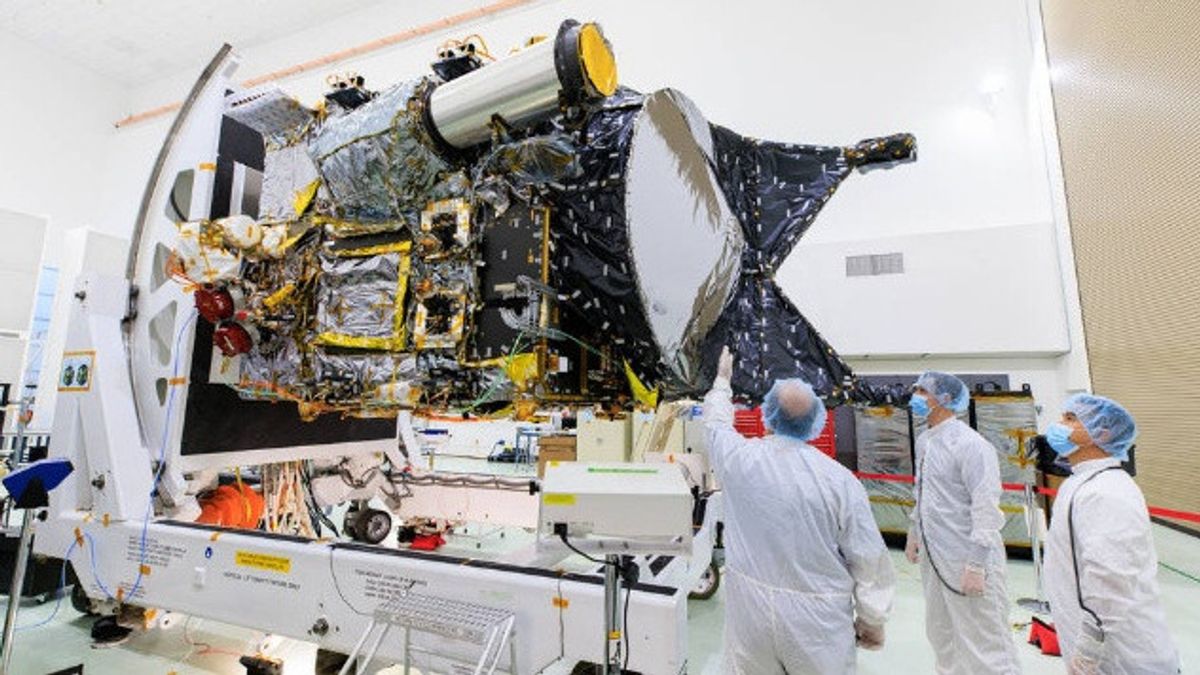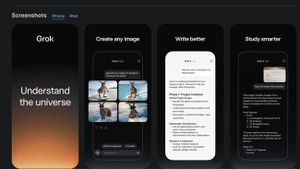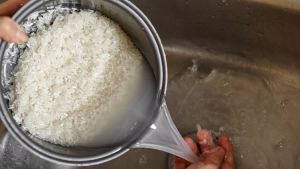JAKARTA - Less than 100 days before its launch on October 5, the Psyche spacecraft is undergoing final preparations in Cape Canaveral, Florida, United States (US).
A team of American Aeronautics and Space Administration (NASA) engineers and technicians is working to ensure orbiters are ready to travel 2.5 billion miles to metal-rich asteroids, also dubbed Psyche.
With the launch of this mission, it will tell humanity more about the planet's core and how planets formed.
Comprehensive tests of the flight software and installed them on the spacecraft have just been completed, to overcome obstacles that made Psyche fail to launch in 2022.
"The team and I are now counting days for launch. Our focus has shifted to completing the last mechanical shutdown of the spacecraft safely and preparing the team for operation," said project manager Psyche at NASA's Jet Propulsion Laboratory, Henry Stone, in a statement, quoted Friday, July 21.
"The team is conducting various training activities to ensure that we are ready and ready. This is a very busy time, but everyone is very excited and looking forward to its launch."
This month, they will begin to integrate and test the deployment of a very large solar array on the spacecraft. Then, in mid-August, a crew member will slowly start loading all 2,392 pounds of propellants or xenon neutral gas into Psyche for several weeks.
另请阅读:
The Psyche spacecraft will launch aboard SpaceX's Falcon Heavy (first interplanetary launch for the rocket) from Space Launch Complex 39A at the Kennedy Space Center, USA, on October 5 at 10:38 EDT.
The launch of the reserve is scheduled for October 25. After escaping Earth's gravity, Psyche will use solar power drive to complete its six-year journey to the asteroid Psyche.
Measuring about 173 miles at its widest point, the asteroid Psyche presents a unique opportunity to explore metal-rich objects that may be part of the planetesimal core, a renewable material for ancient planets.
Once the spacecraft reaches Psyche in the main asteroid belt between Mars and Jupiter, it will spend at least 26 months orbiting there, collecting pictures and other data that will tell scientists more of its origins.
The English, Chinese, Japanese, Arabic, and French versions are automatically generated by the AI. So there may still be inaccuracies in translating, please always see Indonesian as our main language. (system supported by DigitalSiber.id)


















